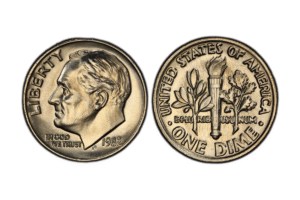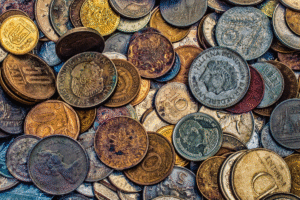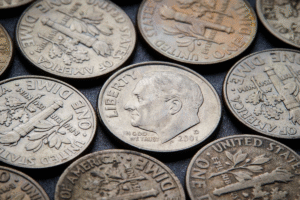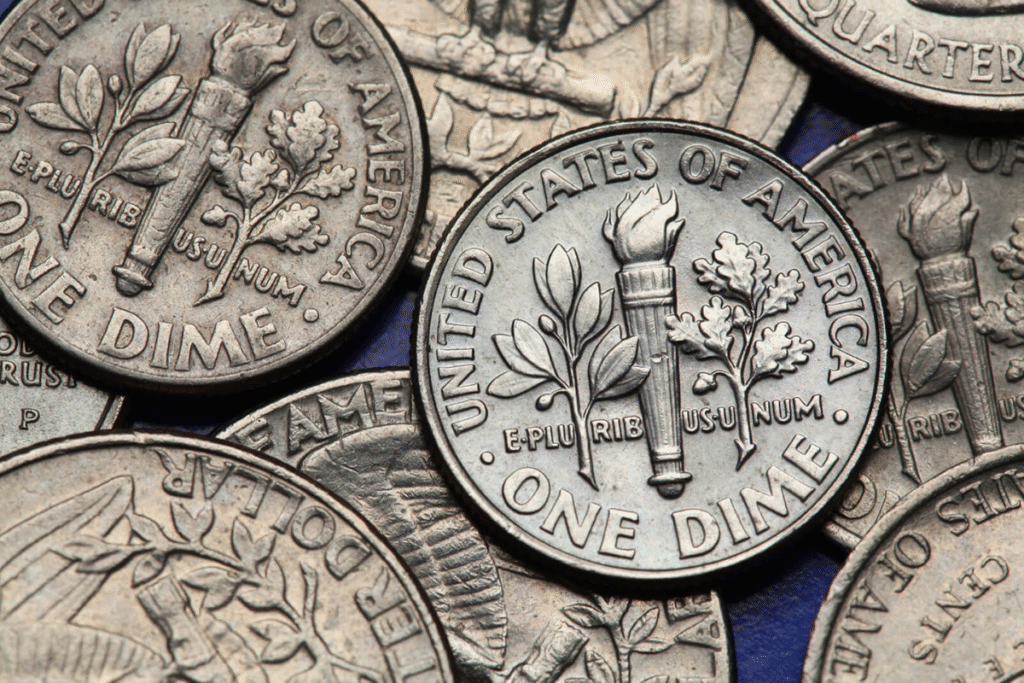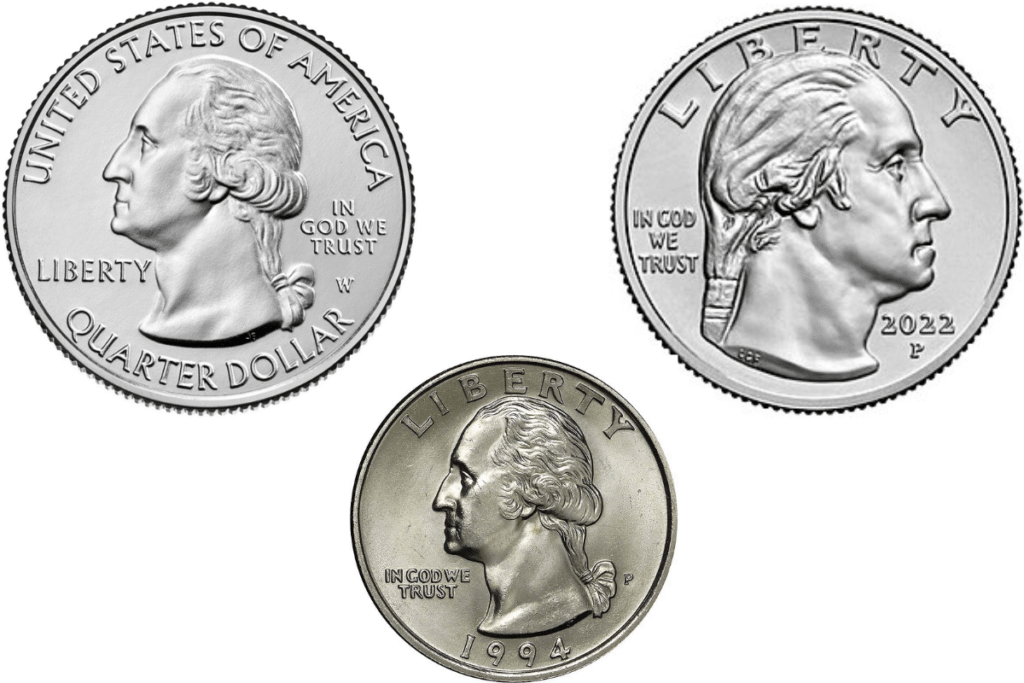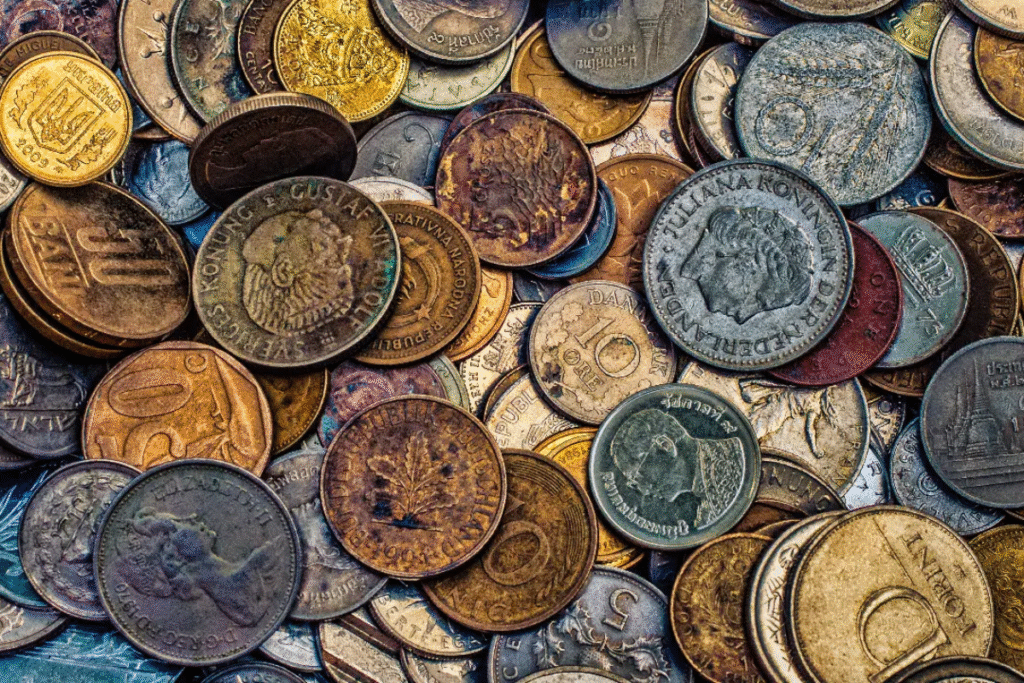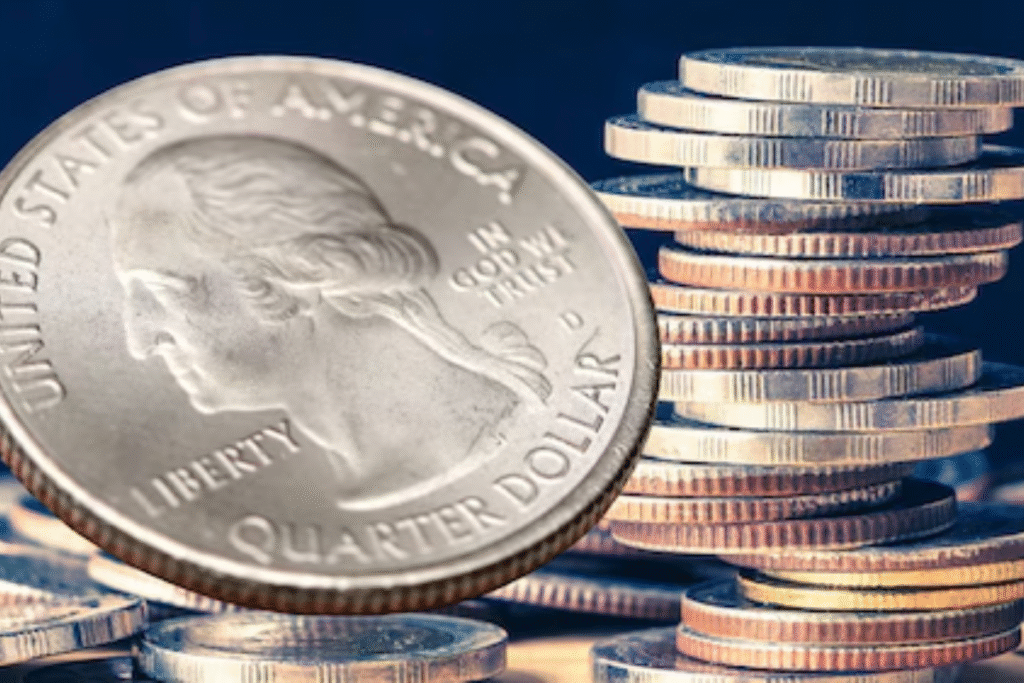Most people overlook pennies, assuming they’re worth only a cent. But what if that little coin in your pocket had a rare minting error that made it worth thousands? Some pennies with minor yet significant minting flaws have stunned collectors by fetching eye-watering prices. In this article, we explore three rare U.S. pennies where tiny errors led to massive value increases—one of which has been appraised at up to $15,000 or more.
1955 Lincoln Cent Doubled Die Obverse
The 1955 Doubled Die Obverse (DDO) penny is one of the most famous and valuable error coins ever produced by the U.S. Mint. Due to a misalignment during the die creation process, the date and inscriptions like “LIBERTY” and “IN GOD WE TRUST” appear clearly doubled. This visible doubling error makes the coin highly desirable among collectors. A well-preserved example can command anywhere from $1,000 to $15,000, with uncirculated specimens reaching even higher.
1992 Close AM Lincoln Cent
The 1992 Close AM penny is a rare variety created due to a reverse die intended for proof coins being used on circulation strikes. The spacing between the “A” and “M” in “AMERICA” is noticeably closer than usual. While easy to miss, this error can be worth thousands when properly identified. Depending on condition, this penny can sell for $2,000 to over $20,000, and it’s still occasionally discovered in circulation today.
1983 Lincoln Cent with Double Die Reverse
Another highly sought-after error is the 1983 penny with a doubled die reverse. Unlike most doubled dies which appear on the obverse, this error features noticeable doubling on the back, especially in the words “ONE CENT” and “UNITED STATES OF AMERICA.” It’s a prime example of how a subtle minting mistake can significantly boost a coin’s value. These coins typically fetch between $500 and $5,000, and even more if in pristine condition.
The next time you come across a penny, take a closer look—it might be more than just pocket change. Tiny minting errors like doubled dies or reverse design anomalies can dramatically increase a coin’s value. From the famous 1955 DDO penny to the rare 1992 Close AM, these coins are proof that small mistakes can mean big money. Stay alert—you could be holding a small fortune in the palm of your hand.
FAQ’s:
1. How do I know if my penny has a mint error?
Look for abnormalities in lettering, design spacing, or doubling. Use a magnifying glass or consult a coin expert for verification.
2. What does “Close AM” mean on a penny?
It refers to the spacing between the letters “A” and “M” in “AMERICA.” If they’re unusually close, the coin may be a rare variety.
3. Are all doubled die coins valuable?
Not all are valuable, but certain years like 1955 and 1983 have significant collector demand and can sell for thousands.
4. Should I get my penny professionally graded?
Yes, grading can verify the authenticity and condition, which greatly affects the value. Services like PCGS or NGC are recommended.
5. Where can I sell a valuable penny?
You can sell to coin dealers, through online auctions like eBay or Heritage Auctions, or at coin shows after proper appraisal.

